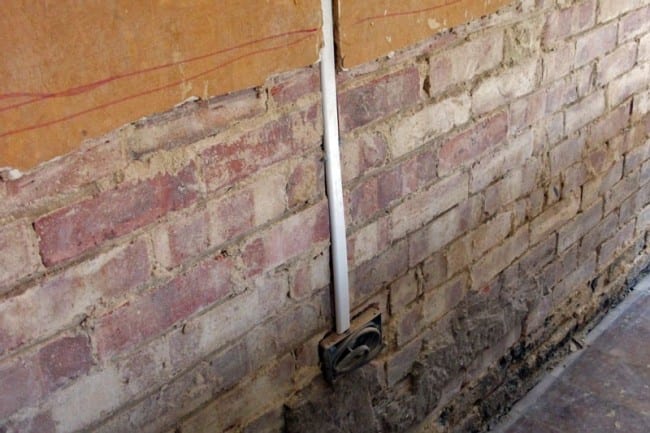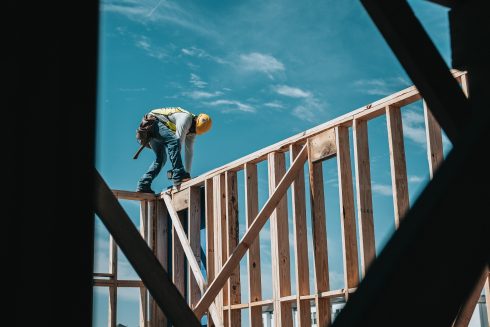 SORRY to put a dampener upon this fine weather (as I write), but the autumn rains are on their way.
SORRY to put a dampener upon this fine weather (as I write), but the autumn rains are on their way.
As mentioned in my last column, damp is the fault that we find most often in our building surveys. So much of it is avoidable with a few elementary precautions.
Let’s start at the top. The roofs collect all their rain and either pour it onto the garden or down drains and gutters, most probably too few and too small to cope with a deluge.
Make sure that the roofs and terraces are cleared of debris, as that is sure to block the drains.
If that happens, the water will find some other way down and most probably through the building. Installing gutters and downpipes puts you in control of where the water is going to go.
That should certainly not be just emptied onto the garden or path right beside the house.
All that does, joining with water that may be pouring off terraces and roof edges, is soak into the ground, which holds it like a sponge against the building and so it gets sucked up as rising damp in the walls and under the floors.
Proper construction should guide that water down to field drains below the level of the lowest floor, with them channelling it away from the building.
Drains on driveways that lead down to basement garages should also be cleared and any sump pumps tested so that they work should the water level rise.
The same with retaining and indeed any garden walls with soil behind them.
Make sure that the field drains and the outlets to these are clear and the water is guided away from the building.
The walls should have plenty of cleared ‘weep’ holes, that allows any water held behind the wall to leak through. Otherwise the weight of that water is added to whatever the wall has been built to retain and could cause the wall to crack or even collapse. Also, if the water is held there, the sponge effect is seen again, with the wall becoming saturated and at the very least looking unsightly with flaking paint and salts.
We’ve had a dry year so far and so, combined with the exceptional number of tourists, there is likely to be a water shortage for some time unless we get a lot of rain soon.
Wells will run dry and there will be restrictions on irrigation. So collecting any rain that does fall makes sense, which can be most easily done with gutters and downpipes taking any rain that comes, down into barrels or even large underground storage tanks, to be used as a ‘free’ asset for as long as it lasts.
Potential buyers of property instructing surveys are often surprised by how innocent-looking blemishes in a house can hide long-standing problems that can be costly to correct.
Alternatively, where what appears to be a ‘deal breaker’ of a fault turns out to be easily cleared with a little bit of practical know-how. We are here to help spot the difference.
They are minor inconveniences when one considers Hurricane Matthew and storms that wreak havoc in other areas of the world.
We have much to be thankful for here.
Click here to read more News from The Olive Press.









Very topical in view of our recent email exchange! I will definitely be calling on your colleagues services as mentioned. The underground tank seem to be an excellent idea, together with a sensible wine cellar!?
Regards RP
Unbelieveable that this man never mentions a DPC or that the exterior of the footings should have had a rubber skirt or be blinded with 3 x coats of bitumen. He’s talking about cavity walls, in Spain simply unbelieveable.
The incompetent técnicos in our part of Asturias state that double cavity walls are ‘better insulation’ than real insulation or using ytong. When queried he said ‘We don’t have experience with those technologie, so you have to use what we say.’ And the so-called ‘professionals’ say since concrete is waterproof, so bitumen or other coatings are not necessary! And, the técnico added, ‘ You can put a drain in the inside cavity to collect any condensation or water that gets into the wall.’ Mold, fungus, insects and vermin are apparently part of normal life!
The lack of engineering standards boggles the mind. Till recently, building walls using actual insulation was illegal from the point of view of these several municipal ‘building profesionals’, the técnicos.